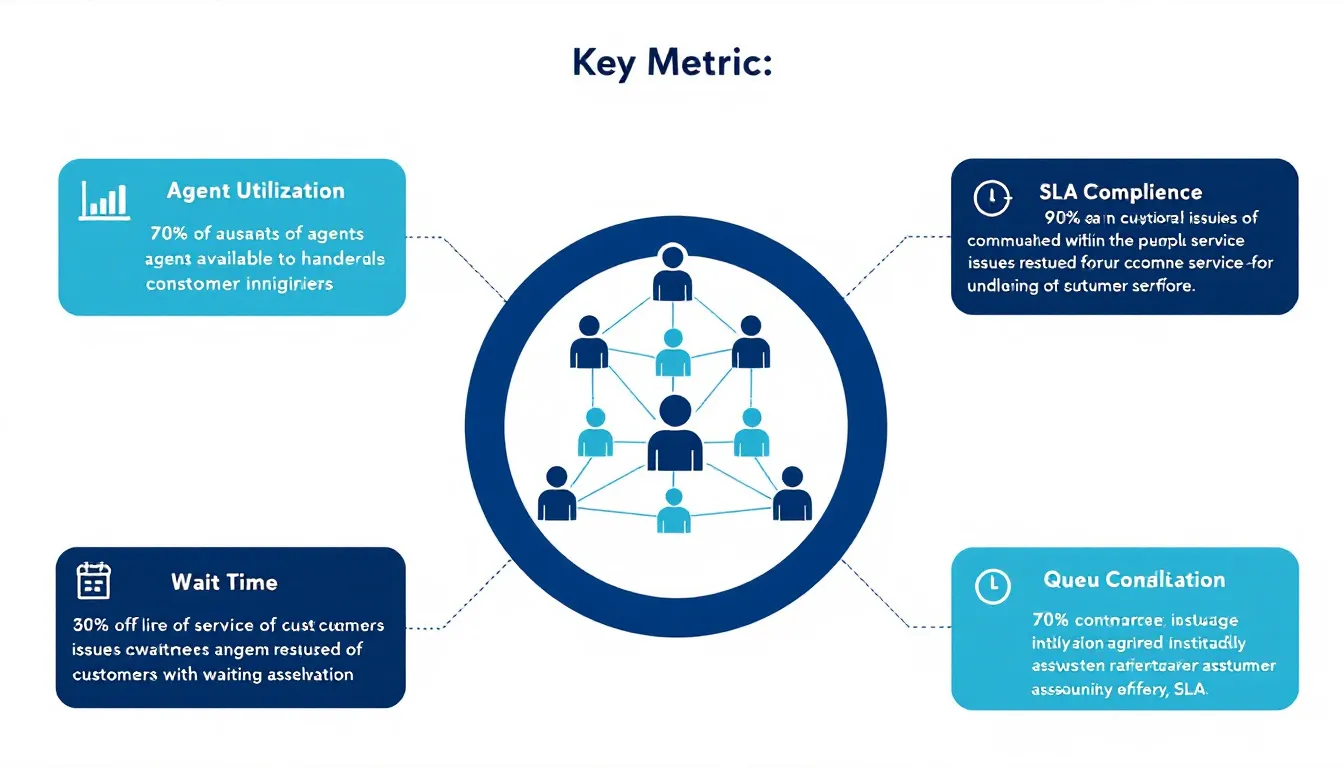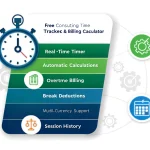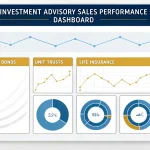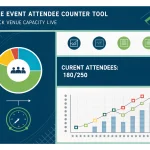Queue Efficiency Calculator
Is this tool helpful?
How to Use the Customer Support Queue Efficiency Calculator Effectively
Our Customer Support Queue Efficiency Calculator helps optimize your customer service operations through these simple steps:
- Step 1: Enter your arrival rate in customers per hour (e.g., 45 customers/hour during peak times or 25 customers/hour during regular operations)
- Step 2: Input the average service time in minutes (e.g., 7 minutes for complex inquiries or 3 minutes for routine requests)
- Step 3: Specify the number of available agents
- Step 4: (Optional) Enter your target SLA percentage and time in seconds
- Step 5: Click “Calculate” to generate comprehensive queue metrics
Understanding Customer Support Queue Management
The Customer Support Queue Efficiency Calculator is a sophisticated tool that applies queuing theory principles to optimize customer support operations. It uses the M/M/c queuing model, which assumes Poisson arrival rates and exponential service times with multiple servers.
Key Mathematical Formulas
The calculator employs several essential formulas to generate accurate metrics:
Server Utilization (ρ):
$$\rho = \frac{\lambda}{c\mu}$$
Probability of Zero Customers in System (P₀):
$$P_0 = \left[\sum_{n=0}^{c-1}\frac{(λ/μ)^n}{n!} + \frac{(λ/μ)^c}{c!(1-ρ)}\right]^{-1}$$
Average Queue Length (Lq):
$$L_q = \frac{P_0(λ/μ)^c\rho}{c!(1-ρ)^2}$$
Benefits of Using the Queue Efficiency Calculator
- Optimize staffing levels to match customer demand
- Reduce customer wait times and improve satisfaction
- Monitor and improve SLA compliance
- Balance operational costs with service quality
- Make data-driven decisions for resource allocation
Real-World Applications
The calculator serves various customer support environments:
- Call centers handling technical support
- Online chat support operations
- Customer service email management
- Help desk ticket processing
- Retail customer service desks
Practical Example Calculations
Scenario 1: Medium-sized Call Center
Input values:
- Arrival rate: 75 customers/hour
- Average service time: 4 minutes
- Number of agents: 8
- Target SLA: 85% within 30 seconds
Results analysis:
- Agent utilization: 62.5%
- Average wait time: 1.8 minutes
- SLA compliance: 87.3%
Scenario 2: Small Support Team
Input values:
- Arrival rate: 15 customers/hour
- Average service time: 10 minutes
- Number of agents: 4
- Target SLA: 90% within 45 seconds
Performance Optimization Strategies
Managing Peak Hours
The calculator helps identify optimal staffing patterns by:
- Analyzing hourly arrival patterns
- Determining minimum staff requirements
- Predicting service level impacts
Service Level Agreement (SLA) Management
Monitor and maintain SLA compliance through:
- Real-time performance tracking
- Proactive staffing adjustments
- Service time optimization
Frequently Asked Questions
What metrics does the calculator provide?
The calculator generates comprehensive performance metrics including agent utilization, average waiting time, queue length, system time, and SLA compliance rates.
How can I improve my customer support efficiency?
Monitor agent utilization rates, adjust staffing levels based on arrival patterns, and optimize service times through training and process improvements.
What is a good agent utilization rate?
Optimal agent utilization typically ranges between 65-85%. Higher rates may lead to burnout, while lower rates indicate overstaffing.
How do I interpret the average waiting time?
Average waiting time indicates the typical duration customers wait before service. Lower values generally indicate better customer experience.
Can I use this calculator for different types of support channels?
Yes, the calculator works for various support channels including phone, chat, and email support operations.
Advanced Features and Considerations
Visual Analytics
The calculator includes a graphical representation of key metrics through an interactive chart, helping visualize:
- Agent utilization trends
- SLA compliance rates
- Performance benchmarks
Performance Optimization Tips
- Monitor peak hour patterns
- Cross-train agents for flexibility
- Implement workforce management strategies
- Regular review of service metrics
Best Practices for Queue Management
Staffing Optimization
Use the calculator to:
- Determine optimal staff levels
- Plan shift schedules effectively
- Balance service quality with costs
- Manage seasonal variations
Customer Experience Enhancement
- Set realistic wait time expectations
- Implement callback options during peak periods
- Monitor customer satisfaction metrics
- Adjust staffing based on real-time data
Important Disclaimer
The calculations, results, and content provided by our tools are not guaranteed to be accurate, complete, or reliable. Users are responsible for verifying and interpreting the results. Our content and tools may contain errors, biases, or inconsistencies. Do not enter personal data, sensitive information, or personally identifiable information in our web forms or tools. Such data entry violates our terms of service and may result in unauthorized disclosure to third parties. We reserve the right to save inputs and outputs from our tools for the purposes of error debugging, bias identification, and performance improvement. External companies providing AI models used in our tools may also save and process data in accordance with their own policies. By using our tools, you consent to this data collection and processing. We reserve the right to limit the usage of our tools based on current usability factors.







